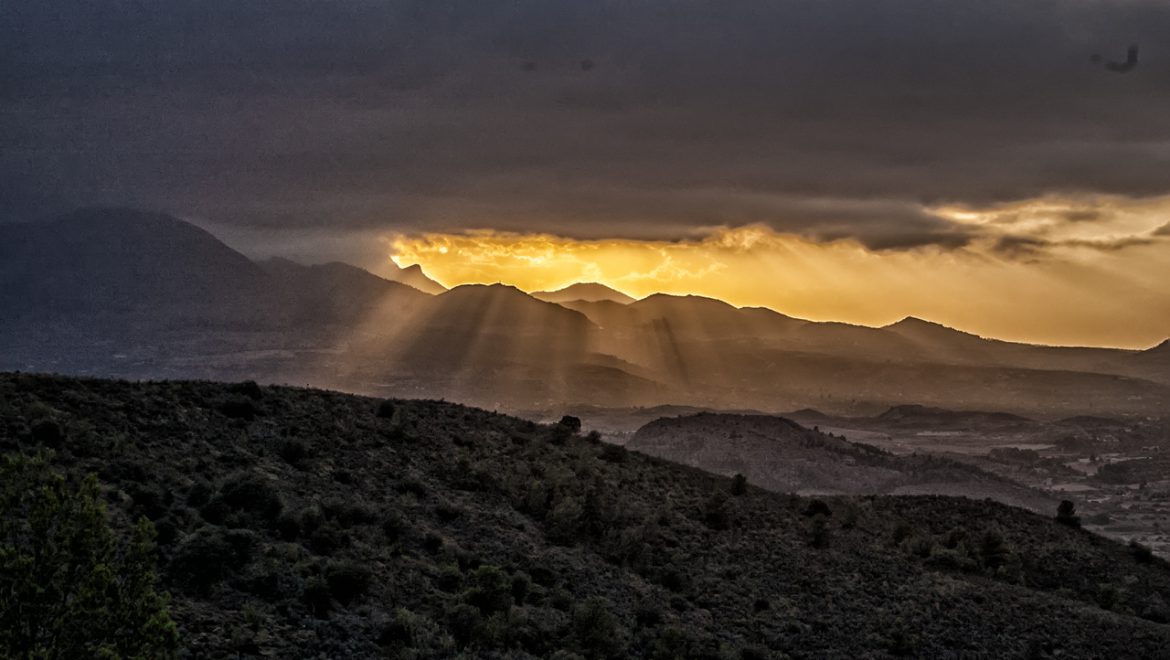
Great for beginners, this brief excerpt from “Friday Night and Beyond” by Lori Palatnik offers an explanation of the structure and meaning behind the Friday night synagogue services, including Mincha (the afternoon prayer), Kabbalat Shabbat, and Ma’ariv (the evening prayer). The article ends with a collection of personal reflections about what Kabbalat Shabbat means to different people. Lori Palatnik is a writer, Jewish educator and the Founding Director of The Jewish Women’s Renaissance Project, an international initiative that brings thousands of women to Israel for inspirational trips.
Friday Night Shul
When you are gearing up for Shabbat, Fridays can be a little… rushed. Everything has to be done in order to light those candles on time. For many, going to shul on Friday night really marks the beginning of Shabbat. You leave one plane and enter another. Seeing your friends and neighbors and wishing them a “Good Shabbos… Shabbat Shalom” connects you back to community and to being a Jew.
How-To
1. Even those who do not formally pray during the week often attend services on Shabbat. The Friday night service contains three sections:
- Mincha (the afternoon service)
- Kabbalat Shabbat (literally, “receiving the Shabbat”)
- Maariv (evening service)
2. Mincha consists primarily of the Shmonah Esrei (the Silent Amidah), which literally means “18,” for it originally comprised 18 blessings. It takes about 15 minutes to complete.
3. Kabbalat Shabbat is a special set of praises designed to create the proper atmosphere and attitude to welcome Shabbat. In northern Israel centuries ago, Jewish mystics used to go into the fields as the sun set, singing the song “Lecha Dodi” to usher in the Shabbat. This section of the service also takes about 15 minutes.
4. Maariv is special for Shabbat and includes the Shema and the Silent Amidah. The Shema is the ultimate in Jewish prayer, beginning with our credo:
Shema Yisrael, Adonai Eloheinu, Adonai Echad Hear, O Israel, the Lord is God, the Lord is One
The Shema is said in our prayers every morning and evening, and even young children are taught to recite it before bedtime.
In the event that one cannot make it to shul, most parts of the service can be said at home. The ArtScroll Siddur has laid out in great detail the procedure and explanation of prayer and can easily be followed, with or without a congregation.
Remember: Prayer can be in any language, so choose one in which you feel most comfortable. However, try and brush up on the basics of Hebrew, as the songs and communal prayers can be even more inspiring when said as “one” with others.
Reflections
I’m usually halfway out the door when my wife is lighting the Shabbat candles, as it’s always a rush to get to shul on time. So I don’t get the “Whew — it’s Shabbat” feeling until I get to our little synagogue, see everyone there, and begin singing the Friday night service. As I begin “Lecha Dodi” (the song welcoming Shabbat), my whole body begins to relax, and I feel the weekday pressures just slipping away.
After the service, there’s a lot of “Good Shabbos” greetings, handshakes, and catching up. A lot of these people I see only on Shabbat, so when I see them Friday night, it’s like my own kind of candle lighting.
* * *
Walking home from shul Friday night is the best — traffic is zooming all around you, and yet you and the other people walking home are in a different world. It’s Shabbat, and all that rushing around is over. No more cars, no more phones, no more work.
* * *
Friday nights in the winter are my favorite, because I know that after that cold walk home from shul, I’m going to be greeted by my kids, all dressed up for Shabbat — and by that warm smell of chicken soup.
* * *
Unless it’s pouring, I always try to go to Friday night services, because seeing everyone around me dressed up and ready for Shabbat really puts me in the right frame of mind. Sometimes, especially if Friday was hectic at work, I just feel too tired to walk those few blocks. But if I just give myself a little push, I’m never sorry. By the time I come home I’m reenergized and ready for more.


